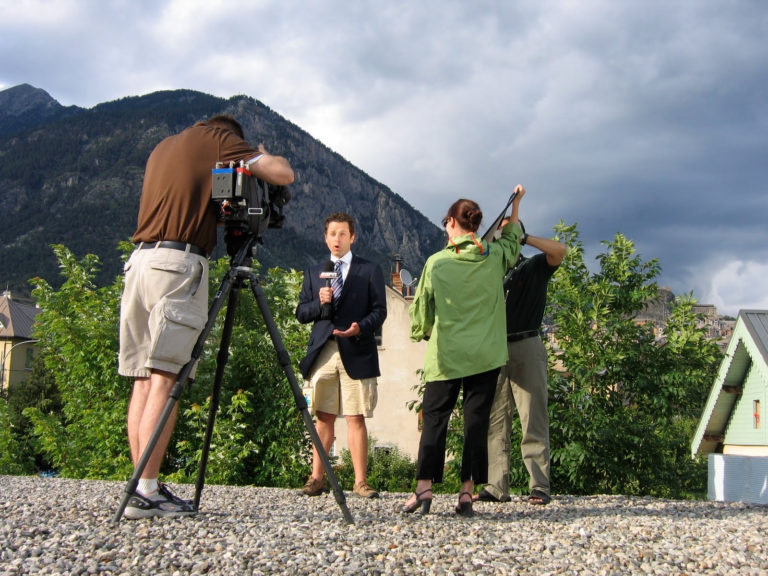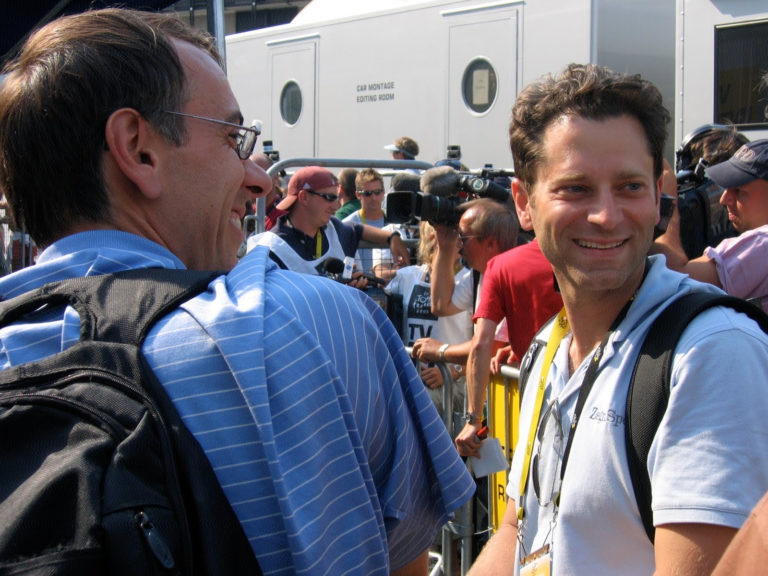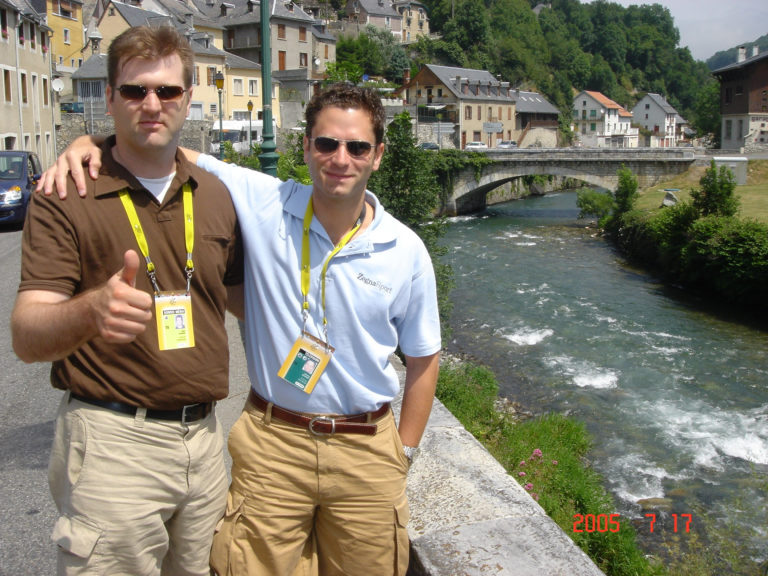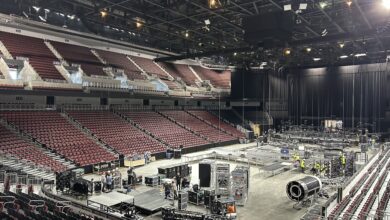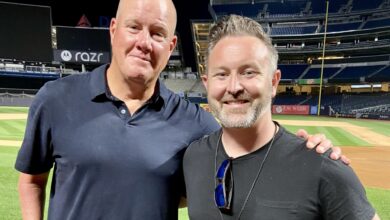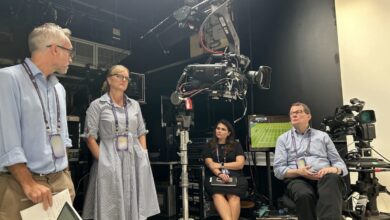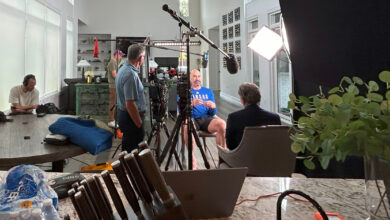Part 2 of the latest ESPN Films’ 30 for 30 documentary “LANCE” premieres this Sunday, May 31 at 9 p.m. ET on ESPN (TV-MA) and ESPN2 (TV-14-L).
Front Row asked longtime ESPN correspondent and Outside the Lines host Jeremy Schaap about what it was like to cover Lance Armstrong at the height of the cycling legend’s career and what Schaap learned watching the documentary.
What was it like covering Lance Armstrong?
Well, it was never boring — even though he often made the outcome of the Tour de France a foregone conclusion. I covered three tours in which Lance competed, and I was around him on some other occasions, too. For instance, when he won his first Tour in 1999, he returned from Paris to New York, and I spent the day following him as he was doing his victory lap. At the Tour, we interviewed him frequently, at the beginning of some stages, at the end of others, at the conclusion of the Tour.
Lance was compelling, smart, and in his way, he could be charming, too. He’s one of those magnetic, charismatic figures in the world of sport. Of course, his personal story made him a hero to millions. There was a kind of cult of Lance, in a way I haven’t seen with any other athlete.
What’s really interesting and new here, if you’re a student of Lance like me, is how he is dealing with being knocked off this pedestal. — Jeremy Schaap regarding what “LANCE” reveals
Do you have an anecdote from your time covering him?
During the 2004 tour, Outside the Lines aired a story in which Greg LeMond raised a lot of questions about Armstrong and the validity of his victories. Lance was displeased.
His people said we were going to be shut out — denied any chance to speak to Armstrong at the Tour. Not good news. But within hours, Lance called me — I barely knew him — and it was a fairly long conversation, with Lance venting about LeMond and what he described as the unfairness of the OTL story.
In the same conversation, though, he told me that he had reconsidered, and he would be available to us for interviews. Here he is in the middle of this grueling event, and he’s worrying about and trying to manage the way he’s covered. He really left no stone unturned. But he understood—and said as much—that it was better for him if ESPN’s cameras were there covering him at the Tour every day as he was trying to make history.
Have you seen the documentary? Is there something in the film that you didn’t know?
I have seen it, and there’s a lot it covers that I didn’t know. I didn’t know much about what he’d been doing the last 5-7 years. What’s really interesting and new here, if you’re a student of Lance like me, is how he is dealing with being knocked off this pedestal. He was someone who was considered a hero to so many people; he stood for something that transcended the sport of cycling, or any sport, as a champion of the global cancer community. The Livestrong Foundation was so important and such a powerful movement. To watch him deal with the fallout of going from being arguably the most revered athlete on the planet to a pariah makes for a very compelling film.
What’s in Part 2 of “LANCE” that you’re most excited to see revealed, and why?
I think one of the reasons the Oprah Winfrey interview backfired for Lance was that he couldn’t really convey actual remorse or contrition, and here he gets another chance to do so. [“LANCE” director] Marina Zenovich gives him another chance. I think how he responds to that opportunity, that second chance, is really fascinating. Also, the interviews with the other key figures in cycling and from his life put this story in context.
